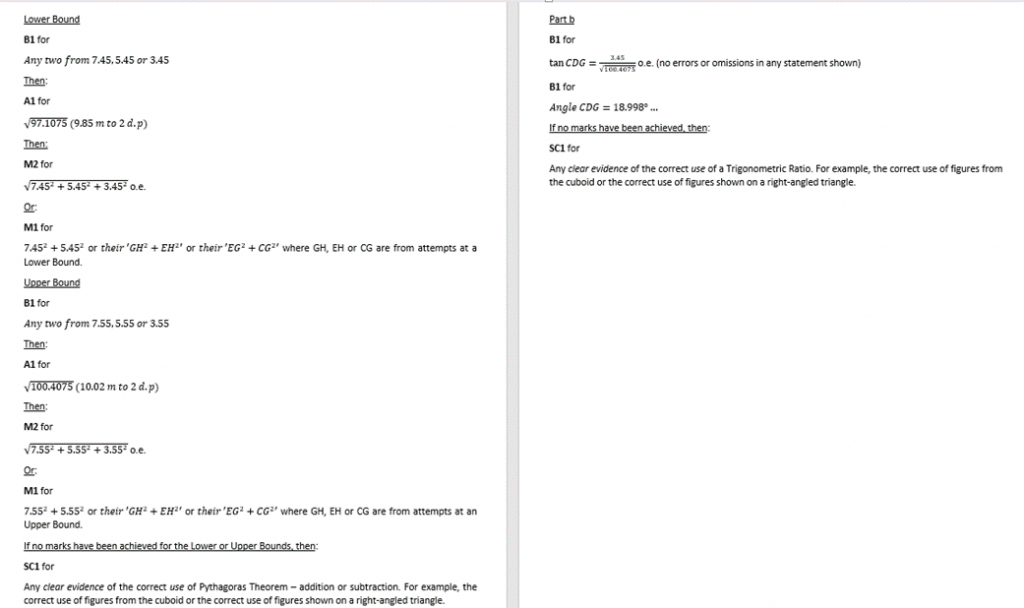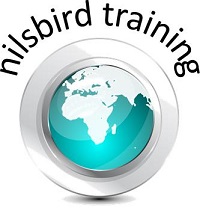Welcome to Mathematics Questions – Newsletter No. 4 – support for Mathematics Questions 10 to 13
Download the previous Mathematics Questions – Newsletters here
Before I dive into the newsletter, I thought I’d point out that you can still receive the Mathematics Questions – Newsletter straight to your inbox. Sign up here.
To contact me regarding anything to do with this newsletter, use the contact details shown in the side bar.
Mathematics Question 10 – ratio, mean, simple algebra
Here are two sets of data – S and T.
| S | T |
| 210 150 114 90 | 260 410 473 310 b |
mean of set S : mean of set T = 3 : 7
Find the value of b.
Download Mathematics Question – Number 10 – without answers
Download Mathematics Question – Number 10 – with answers
This is the first question where I have looked at Handling Data for lower grade students. Inspired by an examination question I have, we see that students are confronted with two sets of data, where the two means are in a given ratio. As long as a student can understand this, the actual solution is then just dependent on the use of this ratio, and knowing that the mean x the number of pieces of data equals the sum of all the data.
When we are talking about, “… mean x the number of pieces of data equals the sum of all the data …”, I am sure you would all agree that this is a go-to idea that you will have seen used in Handling Data questions in textbooks and examination questions.
What other go-to ideas have you seen used for mathematics questions? Let me know, and I’ll put them on the blog, and in a future newsletter.
Mathematics Question 11 – co-ordinates, properties of quadrilaterals, critical thinking
A quadrilateral ABCD is drawn on a co-ordinate grid.
A has the co-ordinates (3, 2). B has co-ordinates (6, 1).
a) If ABCD is a parallelogram, find possible co-ordinates for C and D.
C is plotted at (7, 4).
b) Explain why ABCD cannot be a rhombus or a parallelogram.
Which quadrilaterals could it be?
Download Mathematics Question – Number 11 – without answers
Download Mathematics Question – Number 11 – with answers
This question, for younger students, asks them to consider the properties of shapes, as well as allowing them an element of choice/needing to justify why certain things are true.
How much choice do you think is important in the mathematics classroom? Are you a teacher who just likes to write all the questions on the board/choose the questions in the textbook for the student? Or do you allow an element of choice?
As an example of where I have used choice, I did some mathematics tutoring recently over zoom (as we all have done – a lot!). I was doing the transposition of formulae (Not a description I would use very often. I would normally just talk about making ‘z’ the subject of the formula!). I was looking at higher level GCSE work – so manipulating things like v = a + at2 or V = 4/3 πr3. When it came to the independent practice part, I allowed the students to write some formulae for each other; that they then needed to manipulate. All I did was state what kind of elements the formulae had to have in them, for example, a square root or a cube.
If you allow choice within your lessons, how do you do it? Let me know, and I’ll put them on the blog, and in a future newsletter.
A second thought on this question is, how much geometry is studied in your culture? In some cultures, it seems that geometry, maybe, isn’t so important. What do you think? What happens in your culture? Again, let me know what you think.
Mathematics Question 12 – 3D trigonometry, bounds
The diagram shows a cuboid – not to scale.
All measurements are to the nearest 0.5 m.

a) Find the upper and lower bound of length CE.
b) Show that the lower bound of angle CEG is 19.00o to 2 decimal places.
Download Mathematics Question – Number 12 – without answers
Download Mathematics Question – Number 12 – with answers
I believe that I have never seen a question like this, anywhere. Yes, you get three-dimensional trigonometry and, obviously, bounds questions but a question that combines them? If you’ve seen one, let me know!
I have been an international examiner for a long time and, in all my years of working, bounds questions have always been ones that students (at the age of 15/16) find challenging. Why is that? Is there something conceptually difficult about bounds that students can’t grasp, at this age? Or are we not really teaching the concept of limits early enough/clearly enough? Does it have anything to do with digital watches? Let me know your thoughts, and I’ll put them on the blog, and in a future newsletter.
In Mathematics Questions – Newsletter No. 3, I started a discussion about mark schemes, and I said I would continue in this newsletter. So, here goes with a suggested mark scheme for this question:

Download the question and mark scheme here.
The first thing you might notice about my mark scheme is that, in part a, I started the other way round, compared to the question in Mathematics Newsletter – No. 3. This is important to understand. It means that, if you don’t see M2, you then look for M1.
For the A1, you’ll see that I have accepted the square root as the final answer and then suggested a level of accuracy. (If you stipulate a different level of accuracy then that’s fine.)
For the M2, you’ll see a method that leads directly to the answer, if executed correctly. Also, the symbols o.e. appear. This means or equivalent. So, any equivalent method is fine.
For the M1, you’ll see that I’m really looking for the use of some kind of lower bound. (Even if the student has not found the correct ones.) So, they are not getting the marks if they combine, for example, their attempt at a lower bound and an attempt at an upper bound.
The SC1 is there to give some credit for just an understanding of Pythagoras Theorem. (You’ll only give it if no other marks have been achieved.)
The part b mark scheme is a lot more straight forward. Just the two marks. The important thing to remember is that the marks are independent of each other. Also, the first B1 has to be completely correct, no matter what method they use.
So, I hope you enjoyed my second look into mark schemes.
Let me know your thoughts on this second mark scheme, and I’ll put them on the blog, and in a future newsletter..
Mathematics Question 13 – surface area and volume of prisms, ratio, pythagoras theorem
A triangular prism has a volume of 800 cm3 with length 32 cm.
The ratio of the length of the triangular prism to its width is 4:1.

Find the surface area of the triangular prism.
Download Mathematics Question – Number 13 – without answers
Download Mathematics Question – Number 13 – with answers
After such a long, exhausting look at Mathematics Question – Number 12, I’m not going to say too much about this question.
The question was inspired by another examination question I have. You’ll see that, even though all the constituent parts are accessible to an average 14/15/16 year old student, putting them altogether in a question like this just adds that extra layer of challenge.
A real multi-step question. In fact, what would be the minimum number of steps you would take to find the answer? Let me know, and I’ll put them on the blog, and in a future newsletter..
So, that’s it for today.
I hope you enjoyed my thoughts, this time around.
As I have said a number of times, let me know your thoughts on anything (and your student responses).
See you next time.
David
nilsbird training
